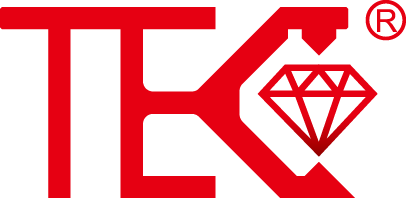How do magnetostrictive level gauges perform in high-EMI environments?
In industrial settings where electromagnetic interference (EMI) runs rampant, maintaining accurate level measurements becomes particularly challenging. Many conventional level measurement technologies suffer from signal distortion and reading inaccuracies when exposed to strong electromagnetic fields. This creates significant operational risks and potential safety hazards that facility managers cannot afford to overlook. Understanding how different technologies perform under these conditions is crucial for selecting the right instrumentation.
Understanding Magnetostrictive Level Measurement Technology
Magnetostrictive level gauges operate on a sophisticated physical principle that inherently resists electromagnetic interference. These devices utilize a magnetostrictive wire or rod enclosed within a protective probe. When a current pulse travels through this wire, it interacts with a permanent magnet housed within the measuring float. This interaction generates a torsional stress wave that travels back to the sensor head at a precise velocity. By calculating the time difference between the transmitted pulse and the returning wave, the system accurately determines the float position and thus the liquid level. This time-based measurement methodology proves fundamentally less susceptible to EMI compared to amplitude-based or frequency-based measurement systems.
The EMI Immunity of Magnetostrictive Design
The inherent design characteristics of magnetostrictive level gauges provide natural protection against electromagnetic interference. The sensing element typically consists of a magnetostrictive wire shielded within a metallic tube, creating what essentially functions as a Faraday cage that blocks external electromagnetic fields. Additionally, the torsional wave propagation occurs mechanically along the wire, unaffected by the electromagnetic environment surrounding the probe. Modern magnetostrictive transmitters further enhance this immunity through advanced signal processing algorithms that filter out EMI-induced noise, ensuring only the clean measurement signal gets processed. This multi-layered protection makes magnetostrictive technology particularly suitable for applications near variable frequency drives, large motors, power transmission equipment, and radio frequency sources.
Performance Comparison in High-EMI Scenarios
When compared to other level measurement technologies in high-EMI environments, magnetostrictive gauges demonstrate clear advantages. Capacitive level sensors often experience significant drift and false readings due to EMI affecting their electric field measurements. Radar level gauges, while generally robust, can suffer from signal interference in specific frequency bands. Ultrasonic level sensors may encounter timing errors when EMI disrupts their precise echo detection circuits. Magnetostrictive technology maintains measurement stability where these other technologies might falter, providing consistent accuracy even when installed near welding equipment, large transformers, or high-power electrical machinery. This reliability translates to reduced maintenance requirements and fewer unplanned shutdowns in EMI-intensive industrial processes.
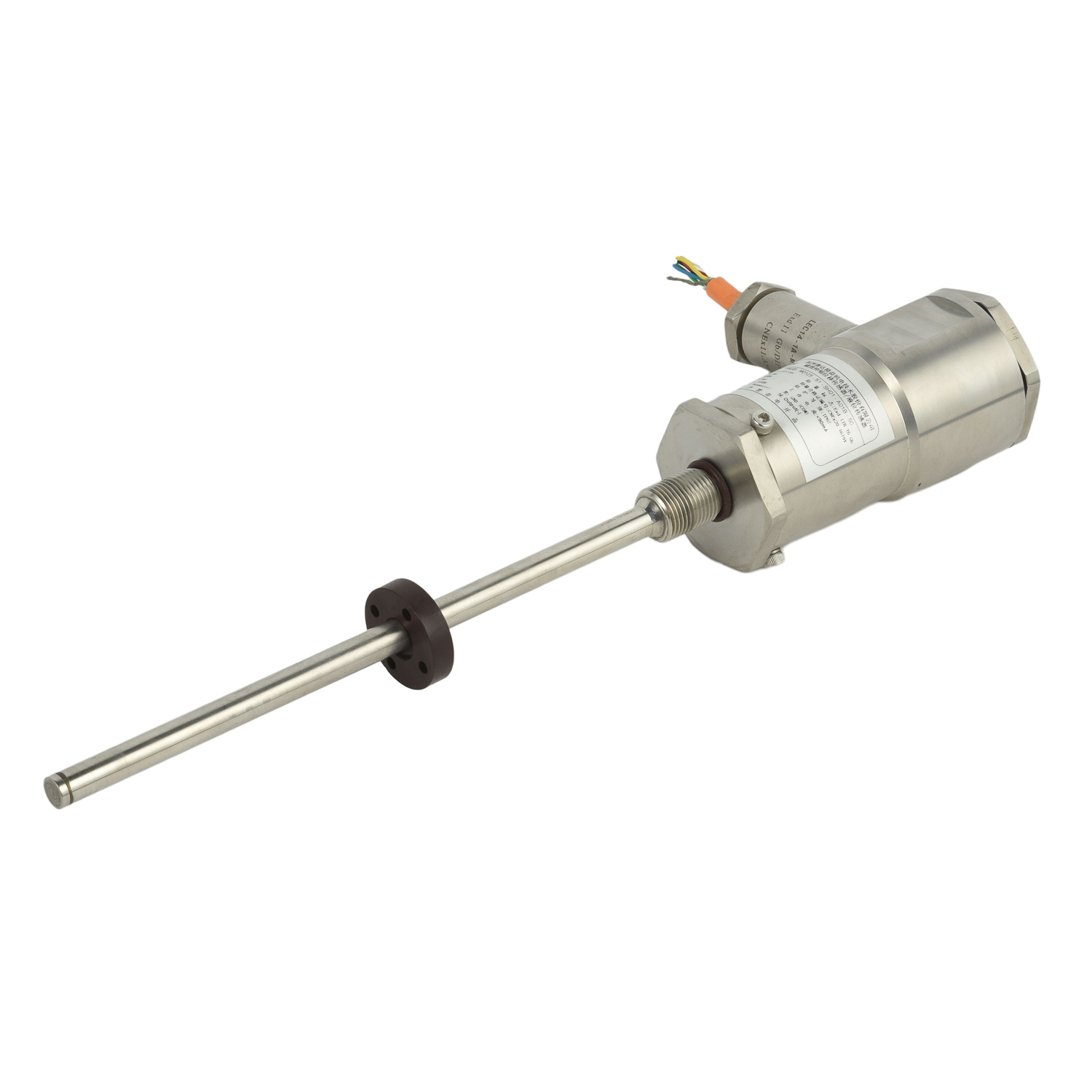
Installation Best Practices for Maximum Performance
Proper installation techniques can further enhance the EMI resistance of magnetostrictive level gauges. Grounding the gauge housing directly to the plant's grounding system provides a path for stray currents to dissipate safely. Routing signal cables separately from power cables minimizes inductive coupling, while using shielded twisted-pair cables with the shield properly grounded at one end prevents EMI from infiltrating the signal path. When possible, maintaining distance between the gauge and known EMI sources significantly reduces potential interference. For extreme EMI environments, additional shielding around the electronics housing or the use of EMI filters on power and signal lines provides extra protection. These installation considerations ensure that the inherent EMI immunity of magnetostrictive technology performs to its full potential.
Applications Where EMI Immunity Matters Most
Magnetostrictive level gauges find their strongest value proposition in applications where electromagnetic interference presents constant challenges. In power generation facilities, they reliably measure fuel oil, demineralized water, and chemical levels despite proximity to high-voltage equipment and generators. Manufacturing plants with extensive motor control centers and variable frequency drives benefit from their stable readings in hydraulic reservoirs, coolant tanks, and lubricant storage. The petrochemical industry utilizes them in areas with cathodic protection systems and electrical heating elements where other technologies might fail. Even in specialized applications like induction heating systems or near large radio transmitters, magnetostrictive level gauges deliver consistent performance where EMI would compromise alternative measurement methods.
Future Developments in EMI-Resistant Level Measurement
As industrial environments grow more electrically complex, manufacturers continue to enhance the EMI resistance of magnetostrictive level gauges. Emerging designs incorporate improved shielding materials and more sophisticated digital signal processing capable of identifying and rejecting specific interference patterns. Wireless versions now implement frequency-hopping spread spectrum technology to maintain communication reliability in crowded radio environments. The integration of self-diagnostic capabilities allows these instruments to alert operators to potential EMI issues before they affect measurement accuracy. These ongoing advancements ensure that magnetostrictive technology will maintain its position as the preferred solution for level measurement in the most electromagnetically challenging applications.
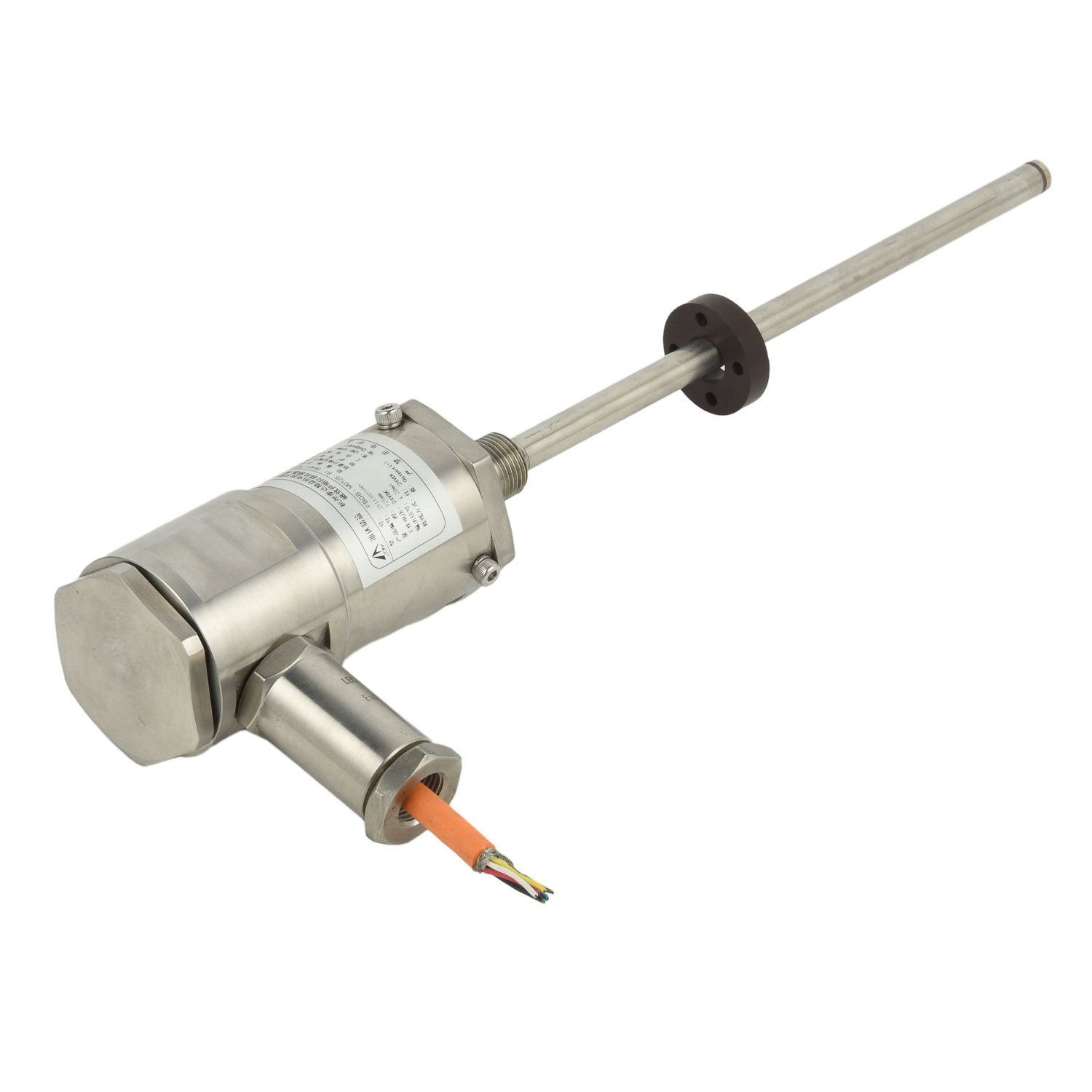 UpgradingYourLevelMeasurementS
UpgradingYourLevelMeasurementS
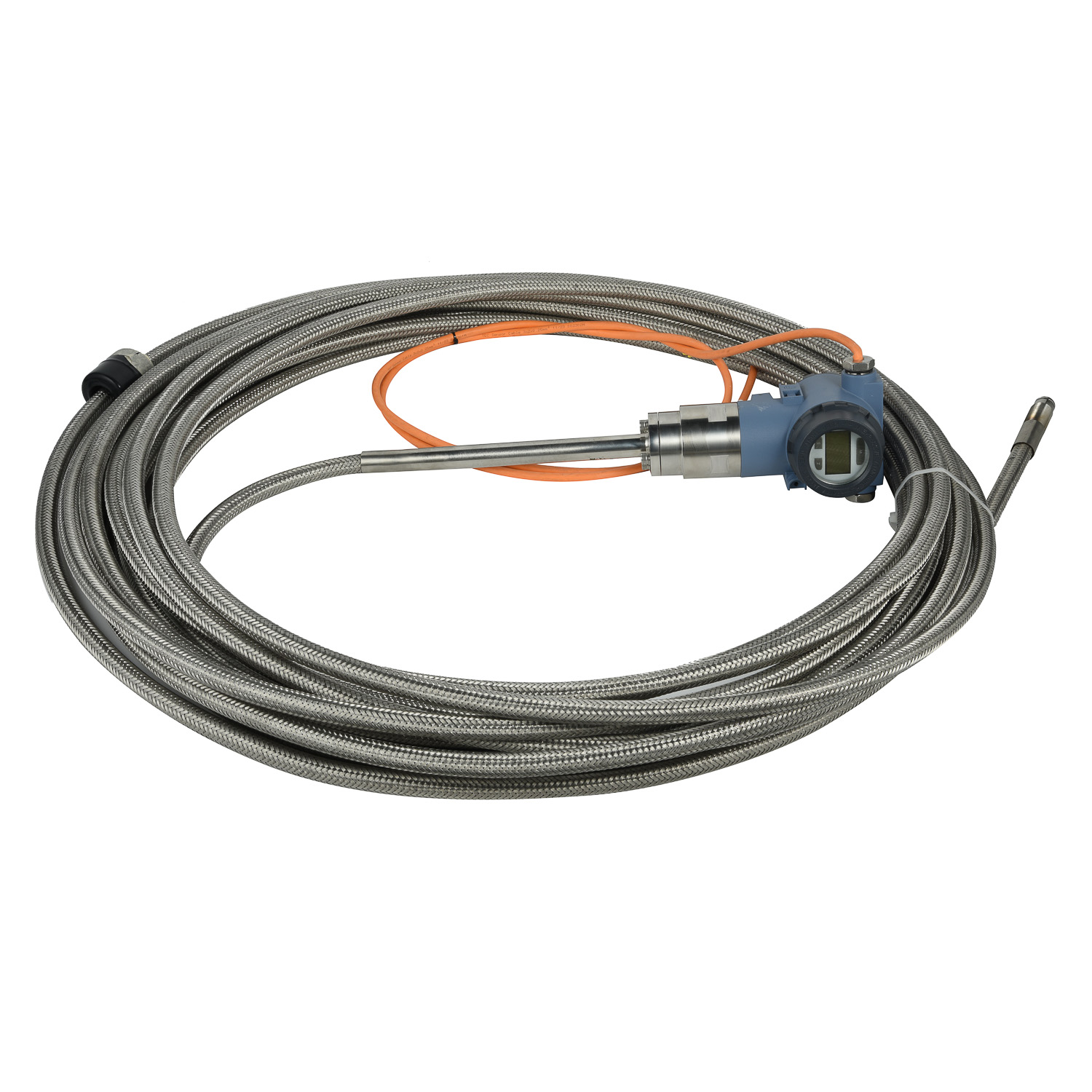 Why are magnetostrictive level
Why are magnetostrictive level
 ComparingMagnetostrictiveandRa
ComparingMagnetostrictiveandRa
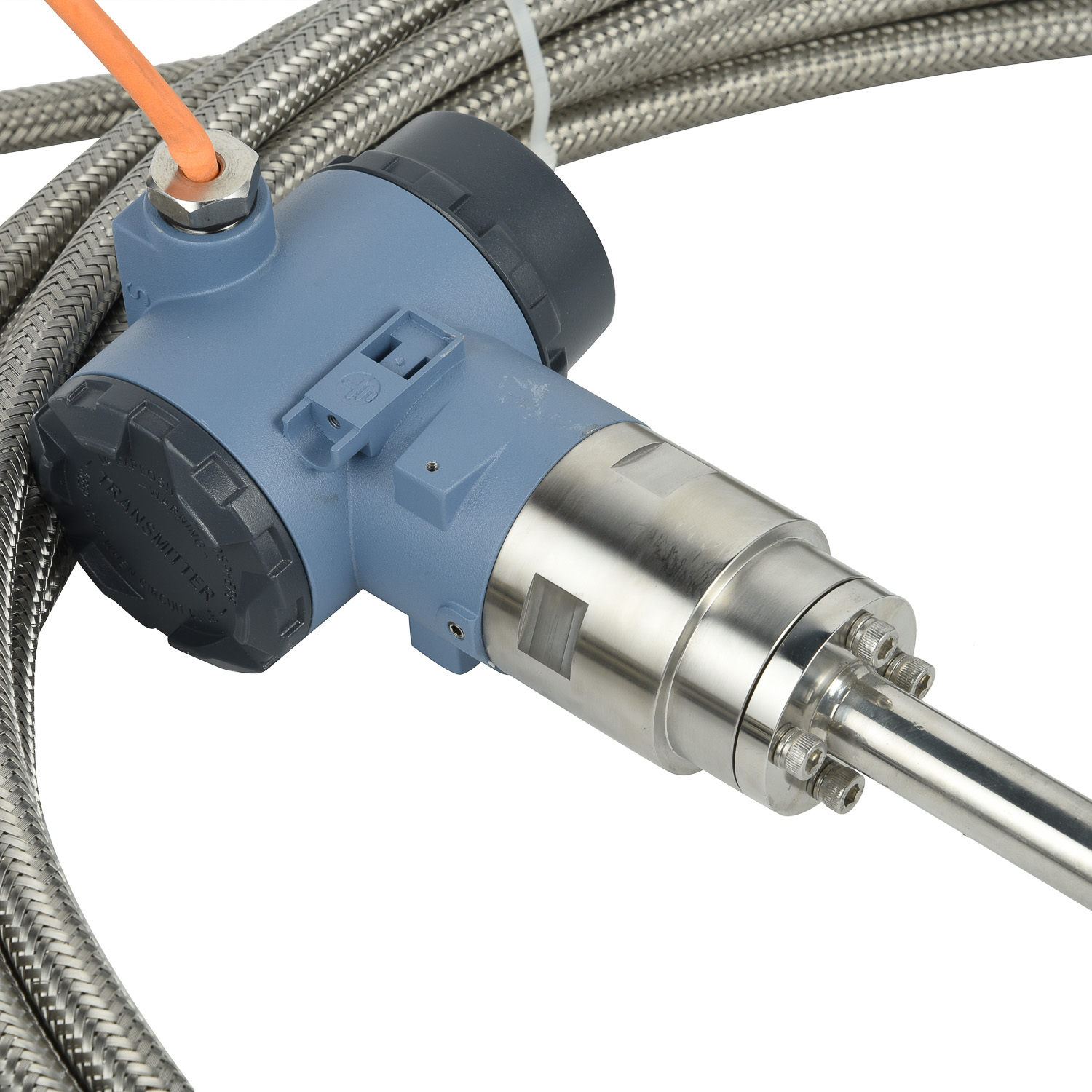 MagnetostrictiveLevelSensorfor
MagnetostrictiveLevelSensorfor
